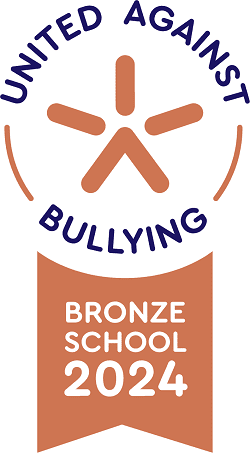Design technology curriculum intent
At East Leake Academy, we believe that students deserve a design and technology curriculum that will prepare them for the ever changing world in which they live.
Design and technology gives young people opportunities to develop knowledge, skills and understanding to engage positively with the designed and made world. They learn how products and systems are designed and manufactured. We encourage all our students to be innovative and to make creative use of a variety of resources including traditional and digital technologies.
We strive to provide opportunities, which allow students to develop a knowledge of a range of technology areas in key stage 3 including; resistant materials, engineering, textiles, digital art/media and food preparation and nutrition.
Students will grow in confidence through the specialist teaching in customised learning environments, using industry standard tools, manufacturing equipment and computer software.
All of our schemes of work have been designed to facilitate, encourage and nurture:
- problem solving
- creativity
- resilience
- confidence
- practical working knowledge
- design and presentation skills
- CAD and technical drawing skills.
- analytical and critical thinking.
- reflective and evaluative thinking
- understanding of the iterative design process
- awareness of global issues
- understanding of cross curricular links including STEM
Our D&T department staff
Mrs O’Hara – head of faculty
Mr Newbold – teacher of resistant materials / assistant head of faculty
Miss Tudor – teacher of engineering
Miss Stock – teacher of food
Miss Gilbert – teacher of food/textiles
Miss Goodwin – teacher of digital art
Miss Woodford – teacher of textiles

